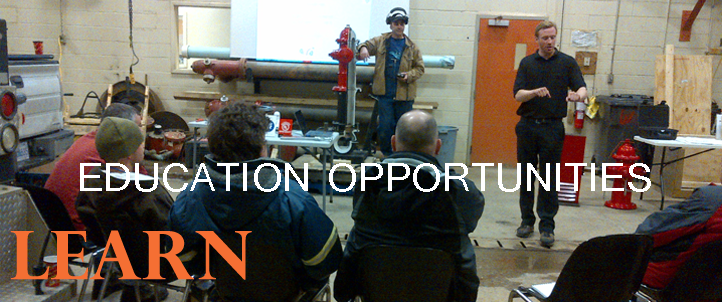CCC & BACKFLOW PREVENTION
What is a Cross Connection?
A Cross Connection is any actual or potential connection between a potable water system and any source of pollution or contamination. Bypass arrangements, jumper connections, removable sections, swivel or changeover devices, or any other temporary or permanent connecting arrangements through which backflow may occur are considered to be cross-connections.
What is Backflow?
Backflow is a flowing back or reversal of the normal direction of flow in a piping system. It occurs due to a differential pressure existing between two different points within a continuous fluid system; a fluid of higher pressure flowing to a fluid of lower pressure. Backflow may occur due to either backsiphonage or backpressure.
What is Backsiphonage?
Backsiphonage is caused by pressure below atmopheric in the supply system. Some common causes of backsiphonage are:
- High velocities in pipe lines.
- Line repair or break that is lower than a service point.
- Lowered main pressure due to high water withdrawal rate such as fire fighting or water main flushing.
- Reduced supply pressure on the suction side of the booster pump.
What is Backpressure?
Backpressure may cause backflow to occur whenever a potable water system is connected to a non-potable supply operating at a higher pressure. If these connections are not properly protected, potable and non-potable water or liquids can be forced into the potable water supply system. Some common causes of backpressure are:
- Booster pumps.
- Interconnections with another system operated at a higher pressure.
- Elevated piping (e.g. 30' above finished grade)
What are the methods of Backflow-Prevention?
The control of backflow, whether caused by backsiphonage or backpressure, requires the elimination of the cross connection and the installation of a Backflow Prevention (BFP) device.
What is a backflow prevention device?
A backflow prevention device is an assembly that prevents backflow. Some types of backflow preventers require testing by a backflow prevention device tester to ensure that they will work as intended.
What is a backflow prevention device tester?
A person who is certified to test backflow preventers.
How is the type of Backflow Prevention device selected?
The type of protection required is based on the Degree of Hazard (Minor, Moderate, or Severe) that the premise and/or individual cross connection represents to the potable water supply.
What is a Cross Connection Control Program?
A program initiated by the authority having jurisdiction to administer and regulate the selection, installation, testing, and maintenance of backflow preventers in accordance with local bylaws and other codes and standards.
CCC Programs
The following is a list of water purveyors in Atlantic Canada with a Cross Connection Control Program. Please contact your water purveyor directly if you have a technical question related to cross connection control or backflow prevention in your area.
Best Practices
Backflow Prevention Association Resources
Canadian AWWA Sections
Manufacturers
**Note: ACWWA does not endorse or recommend any of the products, services or companies associated with the links above. They are shared for information purposes only.





